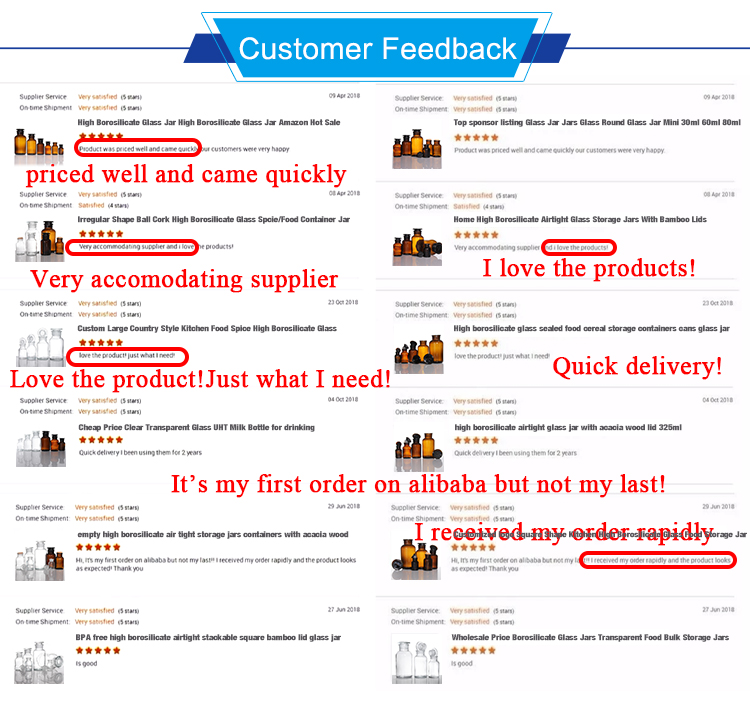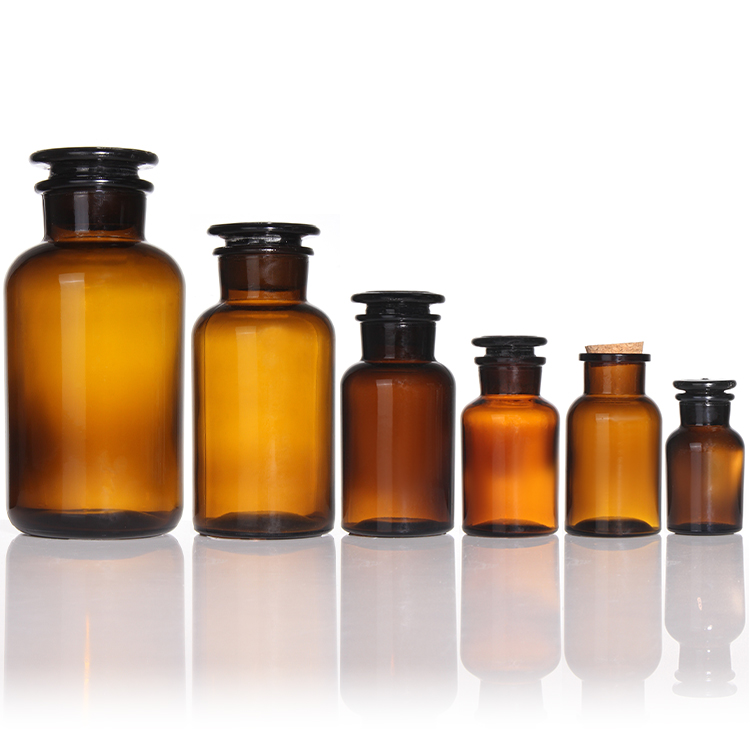
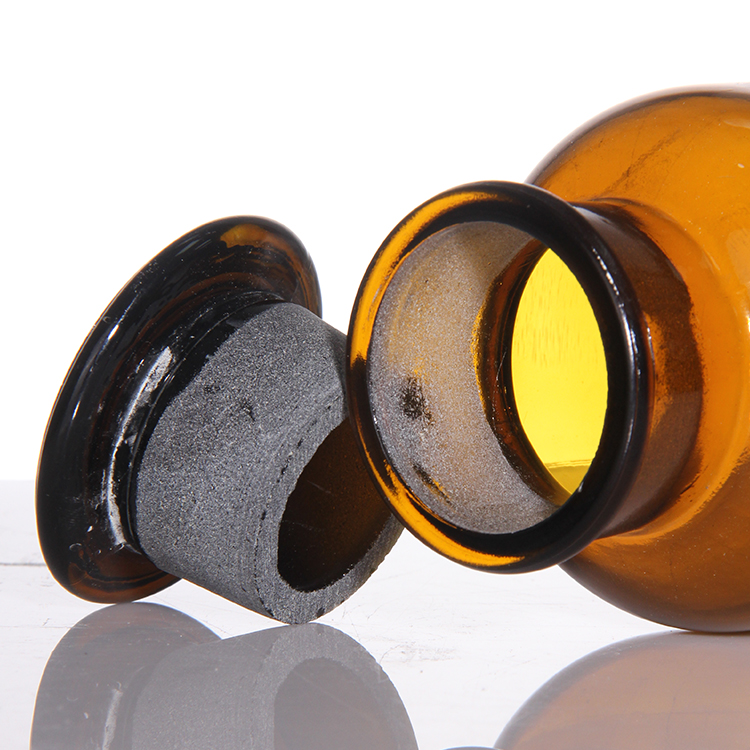





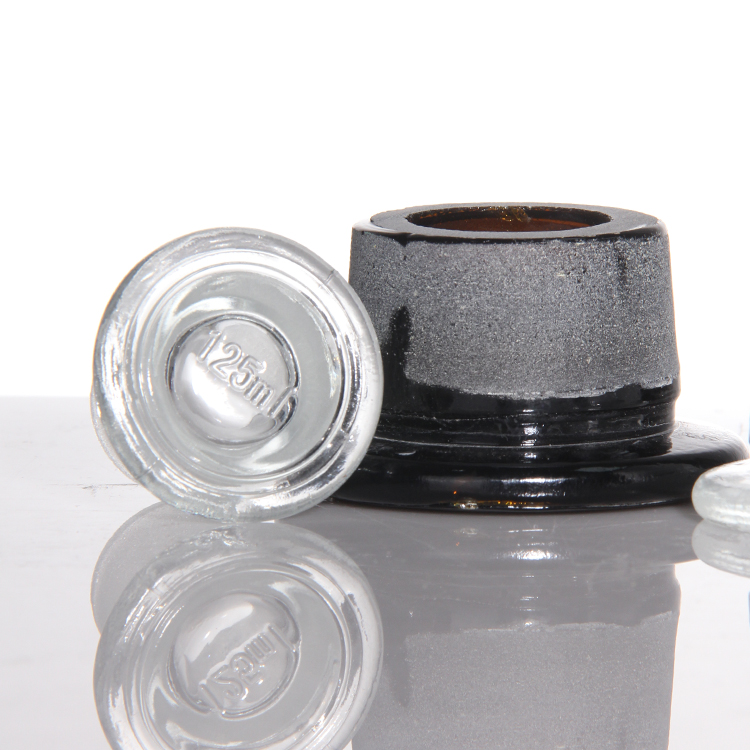

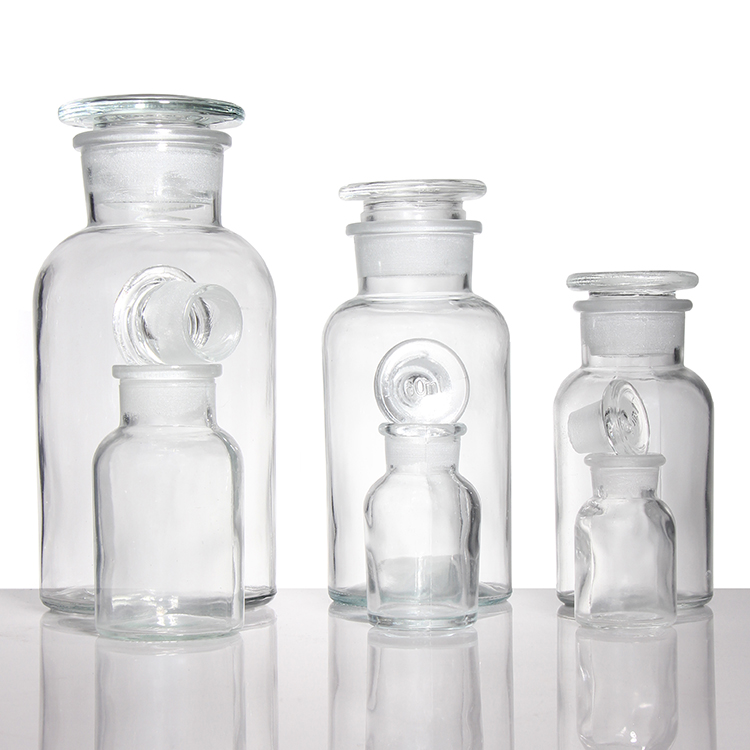










Glass Reagent Bottle Amber Clear Wide Mouth Storage Bottle
| Min. Order: | 5000 | ||||||||
| Lead Time: |
|
||||||||
| Sample: | Free | ||||||||
| Customization: |
|




















| Min. Order: | 5000 | ||||||||
| Lead Time: |
|
||||||||
| Sample: | Free | ||||||||
| Customization: |
|
| Place of Origin: | Anhui, China |
|---|---|
| Use: | Reagent, Chemical |
| Material: | Glass |
| Logistics Mode: | Express, Sea freight, Land freight, Air freight |
| Sea Port: | Lianyungang |
| Supply Ability: | 60000PCS/ Day |
| Packing: | Pallet or Carton Packaging |
|---|---|
| Size: | 6X7X8 cm |
| Gross Weight: | 0.3kg |
| Logo: | Can be customized |
| Color: | Amber, Clear |
The mouth of the wide-mouth reagent bottle is larger than that of ordinary bottles. It is mainly used to hold solid reagents. This large-diameter bottle mouth is easy to access.
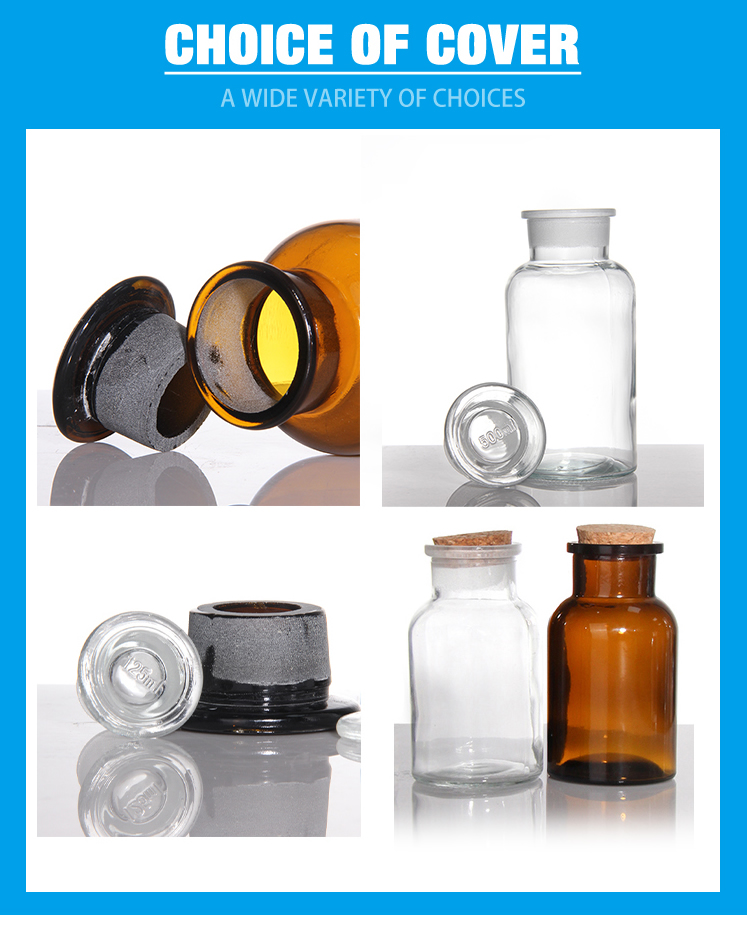
The colors are mainly white and brown. Brown bottles are used to hold reagents that need to be protected from light. The bottle body is generally made of polypropylene. This material is resistant to corrosion by acids, alkalis, salt liquids and various organic solvents, and has chemical resistance, heat resistance, electrical insulation, high-strength mechanical properties and good high wear-resistance processing properties.

1. The reagent bottle cannot be used for heating.
2. When taking reagents, the cork should be placed upside down on the table. Tighten the stopper after using and seal if necessary.
3. Since the inside of the bottle mouth is frosted, it matches the frosted glass stopper and corresponds one-to-one with the bottle stopper, which means it cannot be capped incorrectly.
4. Glass-stoppered jars cannot contain strong alkaline reagents. Use rubber stoppers instead to hold alkaline reagents. Because the hydroxyl ions of the strong base react with the silica in the glass, the products will cause the mouth to stick to the plug.
5. Place the reagent bottles with the labels facing outward.
